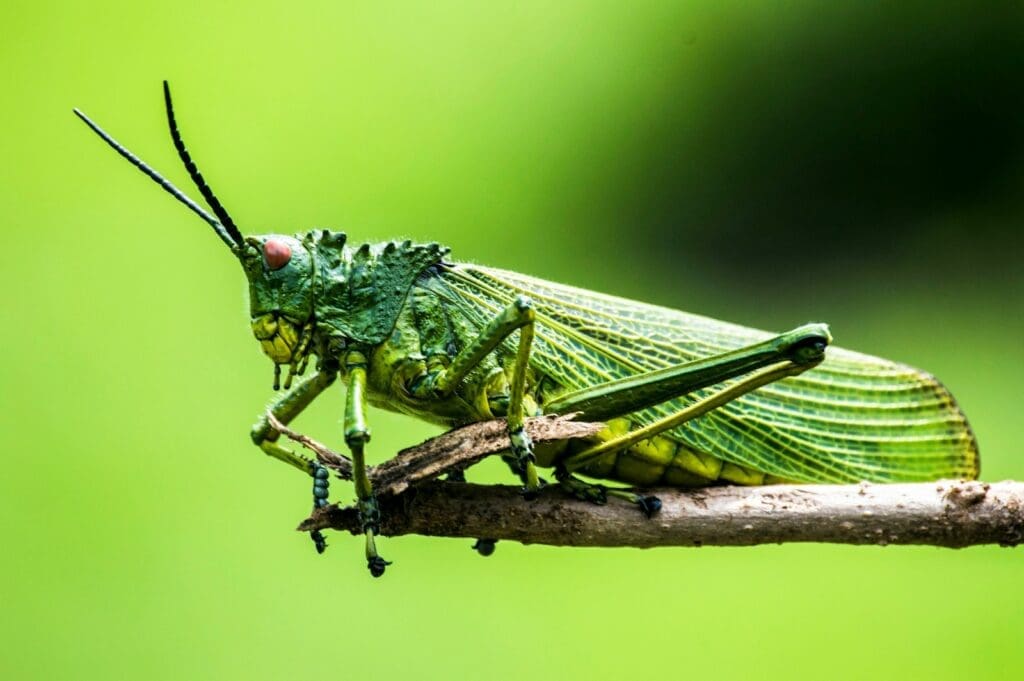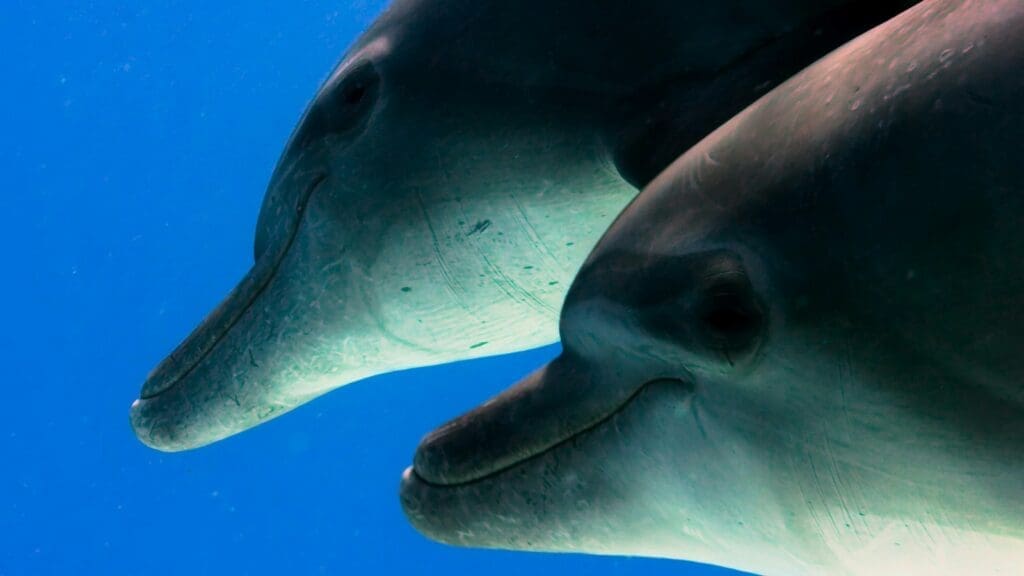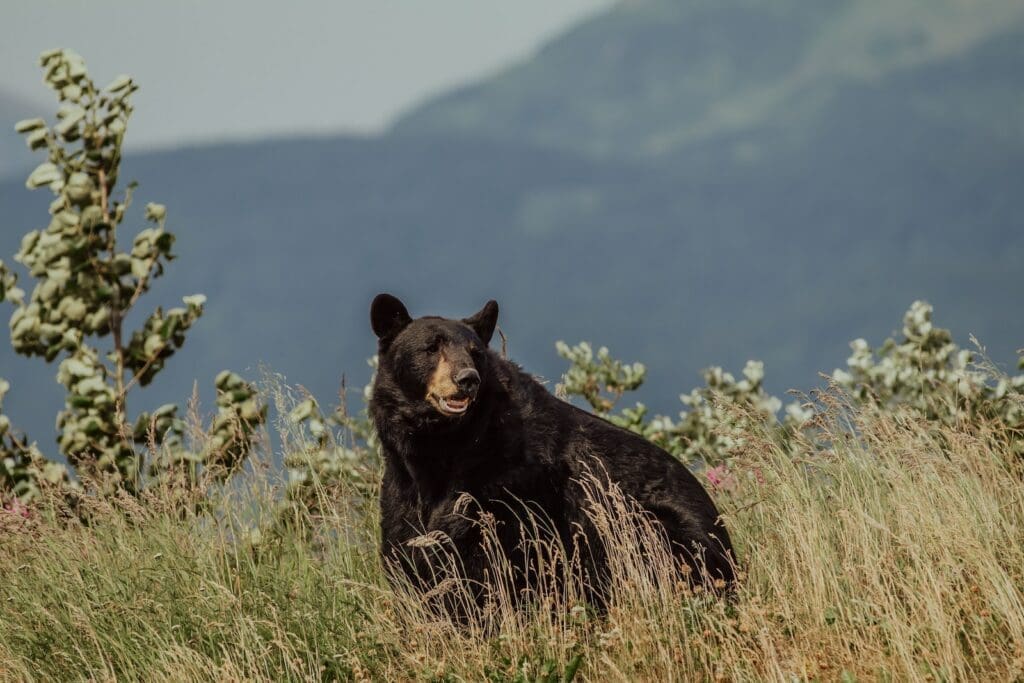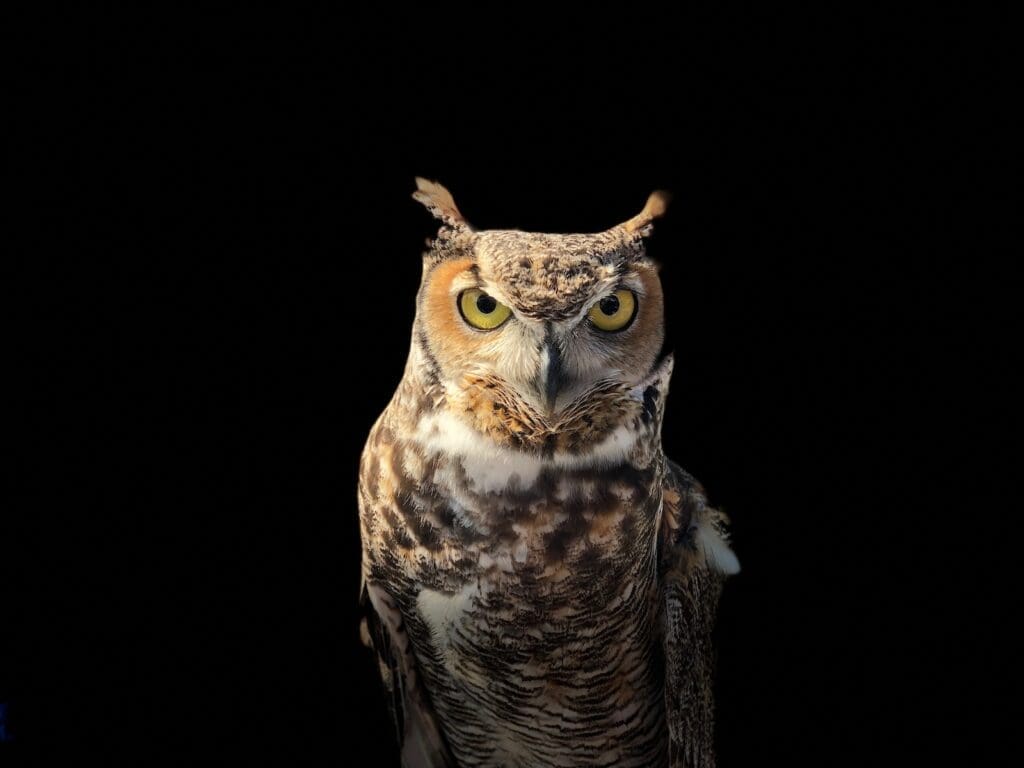
Zoo animals are fascinating creatures that captivate the minds of both kids and adults alike. From the majestic lions to the playful monkeys, each animal has its unique characteristics that make them stand out. But what if we told you that these animals possess superpowers that are beyond our imagination? Yes, you heard it right! Zoo animals have superpowers that help them survive in the wild.
In this article, we will explore the world of zoo animals and their superpowers. We will take a closer look at how these animals use their abilities to hunt, protect themselves, and survive in their natural habitats. We will also discuss how these superpowers have inspired human inventions and innovations. So, buckle up, and let’s dive into the world of zoo animals and their superpowers.
The Magic of Superpowers
Understanding Superpowers
Superpowers are abilities beyond the ordinary that some animals possess. These abilities can range from physical strength and speed to extraordinary senses and even the ability to control other creatures. While many of these abilities seem like magic, they are often based on the science of how animals have evolved to survive in their environments.
Superpowers in Animals
Many animals have superpowers that help them survive in their natural habitats. For example, the Peregrine Falcon has the ability to dive at speeds of up to 240 miles per hour, making it the fastest animal on the planet. The Elephant has a remarkable memory and can remember the location of water sources and other important landmarks for years. The Cuttlefish has the ability to change its color and texture to blend in with its surroundings, making it nearly invisible to predators.
Other animals have superpowers that seem more like magic. The Electric Eel, for example, can generate an electric shock of up to 600 volts, which it uses to stun prey and defend itself against predators. The Mind Control Fungus can infect and control the behavior of ants, forcing them to climb to a high point before they die, which helps the fungus spread its spores.
Overall, superpowers in animals are a fascinating and important part of the natural world. By understanding these abilities, we can learn more about the science of evolution and the ways in which animals have adapted to survive in their environments.
Zoo Animals and Their Superpowers
Zoos are a great place to learn about different animals and their unique abilities. Many animals have incredible superpowers that help them survive in their natural habitats. In this section, we will explore some of the superpowers of land animals, aquatic animals, and flying animals that can be found in zoos.
Land Animals
Cheetahs
Cheetahs are the fastest land animals on the planet. They can run up to 70 miles per hour, which helps them catch their prey quickly. Cheetahs have a slender body, long legs, and a flexible spine that allows them to change direction quickly while running.
Elephants
Elephants are one of the largest land animals in the world. They have a great memory and can remember the location of water sources even after several years. Elephants also have a strong sense of smell, which helps them detect water from a distance.
Gorillas
Gorillas are incredibly strong and can lift up to ten times their body weight. They have powerful arms and shoulders that help them climb trees and move through the forest with ease.
Aquatic Animals
Dolphins
Dolphins are known for their intelligence and communication skills. They use echolocation to navigate through the water and find their prey. Dolphins can also swim up to 20 miles per hour, making them one of the fastest aquatic animals.
Octopuses
Octopuses are masters of disguise and can change their color and texture to blend in with their surroundings. They also have eight arms that are covered in suction cups, which help them catch their prey.
Sea Turtles
Sea turtles have an incredible sense of direction and can navigate across thousands of miles of open ocean to return to their nesting sites. They also have a hard shell that protects them from predators.
Flying Animals
Bald Eagles
Bald Eagles are powerful birds of prey and have excellent eyesight. They can spot their prey from a distance of up to two miles away. Bald Eagles also have sharp talons that help them catch and hold onto their prey.
Hummingbirds
Hummingbirds are the smallest birds in the world and can fly in any direction, including backward. They have a unique metabolism that allows them to beat their wings up to 80 times per second.
Owls
Owls are nocturnal birds of prey and have incredible hearing. They can locate their prey in complete darkness by listening for the sounds of rustling leaves or scurrying rodents.
Overall, zoo animals have many incredible superpowers that help them survive in their natural habitats. By visiting a zoo, kids can learn about these amazing animals and the unique abilities that they possess.
The Role of Habitats
Habitats and Superpowers
Habitats are the natural environments where animals live and thrive. Every animal has unique adaptations and superpowers that help them survive in their specific habitat. For example, polar bears have thick fur and blubber to keep them warm in the freezing Arctic environment, while chameleons can change their skin color to blend in with their surroundings and avoid predators.
In zoos, habitats are designed to mimic the animals’ natural environments as closely as possible. This helps the animals feel more comfortable and exhibit their natural behaviors. Zoos also provide enrichment activities to keep the animals mentally stimulated and engaged.
Habitat Conservation
Conserving habitats is crucial for the survival of many animal species. Human activities such as deforestation, pollution, and climate change can destroy habitats and threaten the animals that live there. Zoos play an important role in habitat conservation by participating in breeding programs and reintroducing animals to their natural habitats.
Zoos also educate the public about the importance of habitat conservation and encourage visitors to take action to protect the environment. By reducing our carbon footprint, recycling, and supporting conservation efforts, we can all help to preserve habitats and the animals that depend on them.
Overall, habitats play a vital role in the survival of animals and their unique superpowers. Zoos have an important responsibility to provide habitats that mimic the animals’ natural environments and to participate in habitat conservation efforts to protect the environment and the animals that live in it.
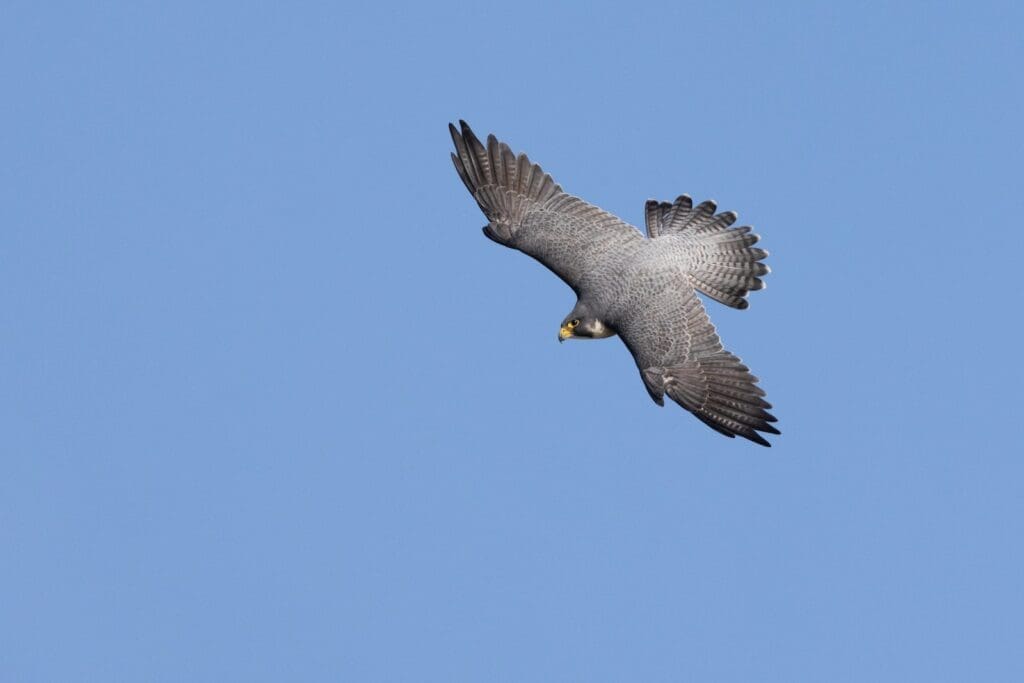
Endangered Animals and Their Superpowers
Endangered animals are those that are at risk of becoming extinct in the wild. They are an essential part of our ecosystem, and their loss can have severe consequences. Many of these animals have unique abilities that help them survive in their natural habitats. In this section, we will explore some of the superpowers of endangered animals.
Superpower 1: Camouflage
Camouflage is an essential survival skill for many animals. It allows them to blend in with their surroundings and avoid predators. The snow leopard, for example, has a thick, white coat that helps it blend in with the snow in its habitat. This ability makes it challenging for predators to spot them, giving them a better chance of survival.
Superpower 2: Adaptability
Adaptability is another critical superpower of endangered animals. Animals that can adapt to changes in their environment have a better chance of survival. The black rhinoceros, for example, has adapted to eating different types of plants due to the loss of their natural habitat. This adaptability has helped them survive in areas where their traditional food sources are no longer available.
Superpower 3: Strength
Strength is a superpower that many endangered animals possess. The mountain gorilla, for example, is incredibly strong and can lift objects that weigh up to ten times their body weight. This strength helps them defend themselves against predators and other threats.
Superpower 4: Speed
Speed is another critical superpower of endangered animals. Animals that can run fast have a better chance of escaping predators. The cheetah, for example, is the fastest land animal and can run at speeds of up to 70 miles per hour. This speed helps them catch prey and avoid predators.
Superpower 5: Awareness
Awareness is a superpower that many endangered animals possess. Animals that are aware of their surroundings have a better chance of avoiding danger. The African elephant, for example, has excellent hearing and can detect sounds up to six miles away. This awareness helps them avoid predators and other threats.
Conservation efforts are essential to protect endangered animals and their superpowers. By raising awareness and taking action to protect these animals, we can help ensure their survival for generations to come.
Children and Zoo Animals
Learning about Superpowers
Children can learn a lot from zoo animals. One of the most exciting things to learn about is the superpowers of different animals. For example, did you know that cheetahs can run up to 70 miles per hour? Or that kangaroos can jump over three times their own height? By learning about animal superpowers, children can gain a better understanding and appreciation of the diversity of the animal kingdom.
Zoos offer a unique opportunity for children to see animals up close and personal, and observe their behaviors and abilities. Many zoos have educational programs that focus on teaching children about animal superpowers. These programs often include interactive exhibits, demonstrations, and hands-on activities that make learning fun and engaging.
Children’s Role in Conservation
Another important aspect of learning about zoo animals is understanding the role that children can play in conservation efforts. Zoos are not just places to see animals; they are also important centers for education and awareness. By visiting a zoo, children can learn about the importance of protecting endangered species and preserving natural habitats.
Many zoos offer educational programs that focus on conservation. These programs teach children about the impact that humans have on the environment, and what they can do to help protect it. This can include things like reducing waste, conserving water, and supporting conservation organizations.
Zoos also provide a safe and fun environment for children to learn about conservation through play. Many zoos have playgrounds that are designed to teach children about different habitats and ecosystems. These playgrounds often include interactive exhibits, climbing structures, and other activities that help children learn while they play.
In conclusion, zoos offer a unique and valuable opportunity for children to learn about zoo animals and their superpowers, as well as their role in conservation efforts. By providing engaging educational programs and fun play areas, zoos can help inspire the next generation of conservationists.
The Power of Imagination
Imagination is a powerful tool that can help you create amazing things. When it comes to designing your own superpowered animal, imagination is key. With a little creativity, you can come up with an animal that has powers beyond your wildest dreams.
Creating Your Own Superpowered Animal
To create your own superpowered animal, start by thinking about what kind of powers you want it to have. Does it have super strength? Can it fly? Does it have the ability to camouflage itself? Once you have an idea of what kind of powers you want your animal to have, you can start to think about what kind of animal it should be.
Next, give your animal a cool name that reflects its powers. For example, if your animal can fly, you might call it Skyhawk. If it has super strength, you might call it Powerpaw. Use your imagination to come up with a name that is both catchy and descriptive.
Finally, draw a picture of your superpowered animal and write a short description of its powers. This will help bring your animal to life and make it feel more real.
Superpower Challenges
Once you have created your own superpowered animal, it’s time to put its powers to the test. Try coming up with some challenges that your animal might face and think about how it would use its powers to overcome them.
For example, if your animal can fly, you might challenge it to navigate a maze of obstacles without touching the ground. If it has the ability to camouflage itself, you might challenge it to blend in with its surroundings and avoid being spotted.
By coming up with these challenges, you can help bring your superpowered animal to life and make it feel like a real superhero. So let your imagination run wild and see what kind of amazing animals you can create!
Conclusion
In conclusion, zoo animals are fascinating creatures with unique superpowers that help them survive in their natural habitats. By visiting zoos, children can learn about these animals and develop a love and appreciation for them.
It is important for us to be aware of the mission of zoos, which is not only to provide entertainment but also to educate visitors about the importance of conservation and animal welfare. By supporting zoos through our visits and votes, we can help ensure that they continue to serve this important purpose.
While zoos have faced criticism in the past, many have taken steps to improve the living conditions of their animals and promote ethical practices. As visitors, we can also play a role in advocating for the well-being of zoo animals by reporting any concerns we may have and supporting organizations that work towards animal welfare.
Overall, zoos can be a valuable resource for children to learn about animals and their superpowers. By fostering a love and awareness of these creatures, we can work towards a future where they can thrive in their natural habitats.




